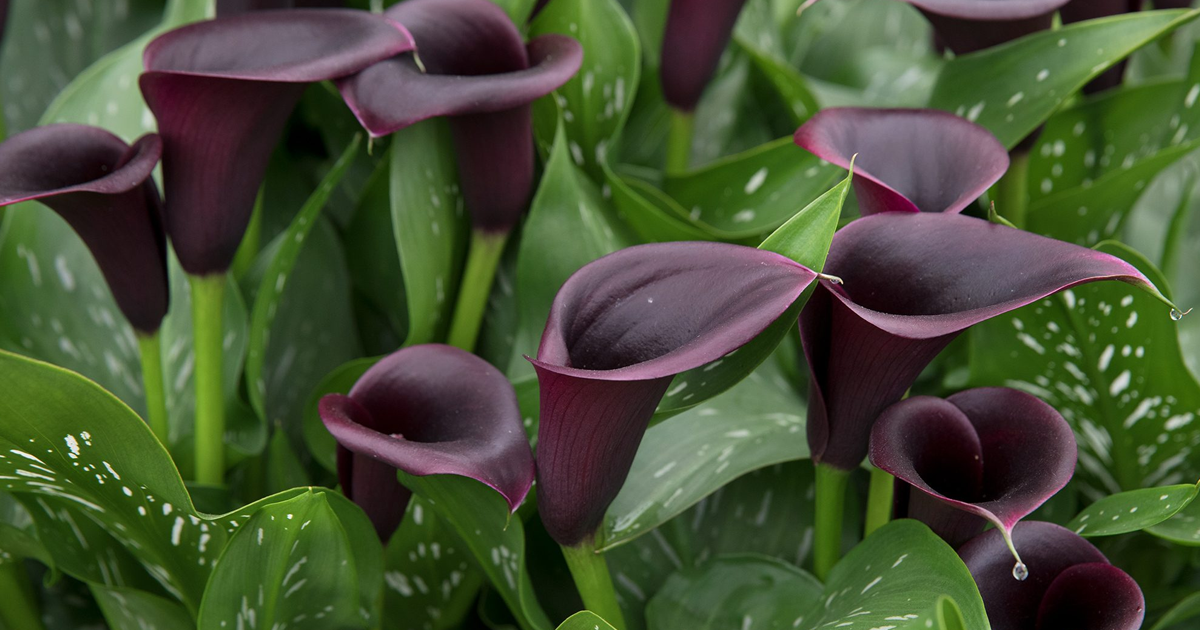
Snowdrops are among the earliest flowers to bloom late in winter or early in spring, bringing much-needed renewal and hope to a garden. It is a highly cherished sight, as their pure white blooms come when snow can still be seen lying on the ground. With the right care and conditions, these plants can multiply year after year. This article will walk you through the basics of snowdrop flower care, from planting to propagation.
About Snowdrops
Snowdrops are members of the Amaryllidaceae family and originally come from Europe and the Middle East. They are hardy perennials that grow from bulbs and produce drooping, bell-shaped flowers that have three outer petals and three shorter inner petals. The flowers tend to be white with green markings and have a very faint, sweet fragrance.
Snowdrops are classified into different species and varieties, the most common one being Galanthus nivalis. Other species include Giant Snowdrop, Galanthus elwesii, and Pleated Snowdrop, Galanthus plicatus. Each species has different variations in terms of size, blooming season, and petal variations.
Where to Plant Snowdrops
Snowdrops naturally live inside the wood. They love growing in a habitat that is similar to their natural environment. What to look for in the location:
Light: Snowdrops enjoy partial shade to full shade. Plant them under deciduous trees or shrubs where they will receive dappled sunlight in early spring and shade in summer.
Soil: Snowdrops like well-draining soil. They do best in humus-rich, slightly acidic to neutral soil with a pH of 6.0 to 7.0. Make heavy clay or sandy soils lighter with organic matter to obtain better drainage and fertility.
Moisture: Snowdrops prefer constantly moist soil but don’t tolerate waterlogging. Ensure the planting location does not collect standing water.
Planting Snowdrop Bulbs
Snowdrops should be planted in early autumn so they can develop their roots before winter sets in. For successful planting, follow these steps:
Soil Preparation: Loosen the soil to about 8 inches in depth and incorporate compost or well-rotted manure.
Planting Depth: Bury the bulbs 2-3 inches deep and 3 inches apart. The pointed end should be facing upwards.
Watering: Irrigate them after planting. This will settle the soil and promote root development.
Mulching: Use a thin layer to retain moisture and control temperature.
Care for Snowdrops
Snowdrops require only little care after planting. Key aspects for their care include:
1. Watering
The soil needs to be consistently moist throughout the growing season. Water the bulbs much less during the summer when they are dormant since overmoisture causes bulb rot.
2. Fertilizing
Provide a balanced slow-release fertilizer early spring as soon as the first sign of new growth is noticed in snowdrops. Otherwise, use top dressing compost or leaf mold over the soil.
3. Weeding
Remove weeds around snowdrops to reduce competition for nutrients and water. Be cautious not to disturb the bulbs while weeding.
4. Pruning
Allow the foliage to die back naturally after flowering. The leaves store energy for the bulbs, ensuring robust blooms the following year. Avoid cutting the foliage until it turns yellow and withers.
5. Pest and Disease Control
Snowdrops are quite resistant to pests and diseases, but they are sometimes vulnerable to:
- Slugs and Snails: Use organic deterrents or traps to prevent young shoots.
- Gray Mold (Botrytis): Air circulation and overwatering cause fungal infections, so improve both.
Propagation of Snowdrops
Snowdrops can be propagated through division or seed, but division is the most common method and also a reliable one.
1. Division
Timing: Divide snowdrops “in the green”—shortly after they finish flowering but while the foliage is still green.
Digging Up Clumps: Carefully dig up established clumps and separate the bulbs.
Replanting: Replant the bulbs immediately at the same depth as before, spacing them 3 inches apart. Water thoroughly.
2. Seed Propagation
Collecting Seeds: Allow seed pods to mature on the plant before collecting them.
Sowing: Sow in a shaded position or in containers with seed compost. Snowdrop seeds can be very slow and take months to come up, also unlikely to produce flowers for another 3 to 5 years. This process is suitable for serious enthusiasts or even those breeding for new varieties.
Seasonal care tips
Spring
- Enjoy the flowering and keep moist.
- Fertilize lightly
Summer
- Foliage is left to naturally die back, but watering may be reduced in the summer; let the bulb rest.
Autumn
- Plant new bulbs or divide existing clumps.
- Mulch the planting area to prepare for winter.
Winter
- Snowdrops are hardy and can bloom through snow and frost. Minimal care is needed during this time.
Landscaping with Snowdrops
Snowdrops are versatile and can be used in various garden settings:
Woodland Gardens: Plant them in naturalistic drifts under trees and shrubs.
Borders and Edges: Use snowdrops to line paths or garden borders for early-season interest.
Containers: Grow snowdrops in pots or troughs for a movable display.
Companion Plants: Plant snowdrops with other early bloomers such as crocuses, hellebores, or winter aconites for a colorful spring display.
Common Challenges and Solutions
Bulbs Not Flowering: This could be due to planting too deep, overcrowding, or lack of sufficient sunlight. Plant at the correct depth and divide clumps regularly.
Yellowing Leaves Prematurely: Overwatering or poor drainage is a common reason for this. Improve soil drainage and adjust your watering practices.
Bulbs Disappearing: Rodents will dig up and eat the snowdrop bulbs. Use wire mesh or plant in bulb cages to protect.
Why Grow Snowdrops?
Snowdrops are not only lovely flowers but also a symbol of hope and resilience. They bloom in the most severe conditions. Besides, they are low maintenance and can naturalize over time, creating a lasting display of beauty in your garden.
By following the tips outlined in this guide, you can enjoy the charm of snowdrops year after year. Whether you are a seasoned gardener or a beginner, these early-blooming beauties are sure to bring joy and a touch of magic to your outdoor space.







